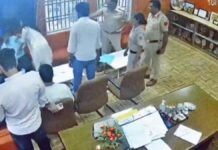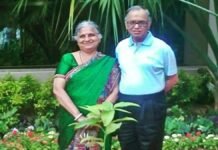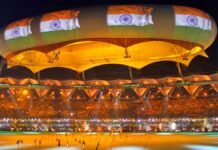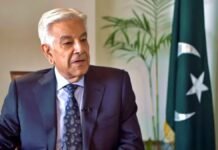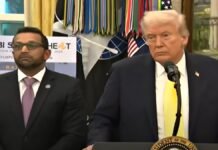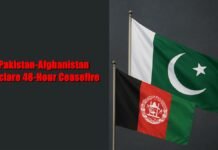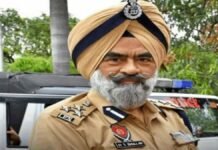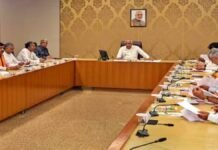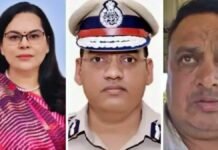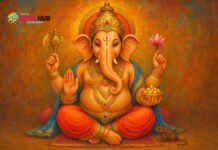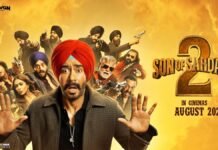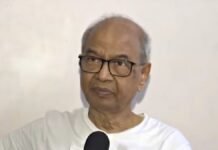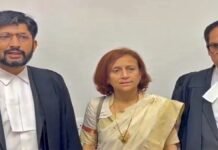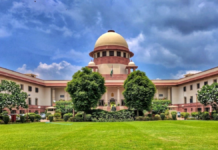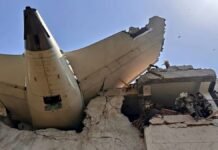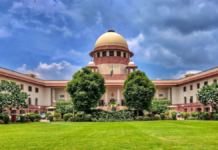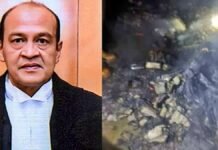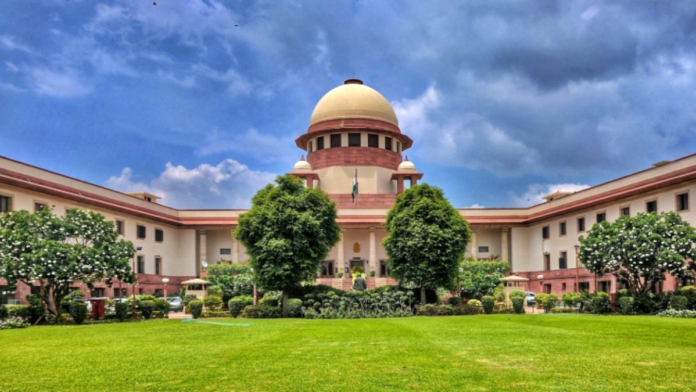
Key Points
- The Supreme Court dismissed a petition seeking restoration of a damaged Lord Vishnu statue at Javari Temple in the Khajuraho complex, Madhya Pradesh.
- Chief Justice B.R. Gavai’s comment telling devotees to “ask Lord Vishnu himself” has sparked controversy among legal professionals.
- The bench refused to entertain the petition, calling it a “publicity petition” and stating the matter falls under ASI’s jurisdiction.
- Lawyers have reportedly written an open letter to the CJI following his controversial remarks during the hearing.
New Delhi: The Supreme Court on Tuesday dismissed a petition filed by Rakesh Dalal seeking the restoration of a broken statue of Lord Vishnu at the historic Javari Temple within the UNESCO World Heritage Khajuraho temple complex in Madhya Pradesh’s Chhatarpur district. The petition, which requested directions for replacement or reconstruction of the damaged statue, was rejected by a bench comprising Chief Justice of India B.R. Gavai and Justice K. Vinod Chandra.
Dalal’s petition had highlighted that multiple representations were submitted to the Union Home Ministry and the Archaeological Survey of India (ASI) regarding the statue’s restoration, but no concrete action was taken. The petitioner’s lawyer argued that the head of the statue was damaged and urged the court to intervene to allow its reconstruction.
Controversial Remarks Trigger Legal Community Response
During the hearing, Chief Justice Gavai made remarks that have since drawn criticism from the legal fraternity. “This is a publicity petition. It has been filed only to gain publicity,” Justice Gavai observed. He further stated, “Devotees should ask Lord Vishnu himself to do something. If you have deep faith in Lord Vishnu, then do some prayer and meditation.”
These comments have reportedly prompted lawyers to write an open letter to the Chief Justice, expressing concern over the nature of his remarks regarding religious matters and judicial proceedings.
Court’s Reasoning and ASI Jurisdiction
The Supreme Court bench firmly placed the matter within the Archaeological Survey of India’s domain, stating that any decision regarding the statue’s restoration falls entirely under ASI’s jurisdiction. Chief Justice Gavai noted that the statue in question was discovered during archaeological excavations, making it subject to ASI’s policies and procedures.
“Whether the ASI will allow it (the repair of the statue) or not is a matter of debate,” the Chief Justice explained. He also suggested alternative worship options for devotees, mentioning, “In the meantime, if you wish, you can go there and worship. There is a huge Shivalinga there, one of the largest in Khajuraho.”
The Khajuraho temple complex, famous for its intricate sculptures and architectural brilliance dating back to the 10th-12th centuries, remains under ASI’s protection and management as a nationally significant archaeological site.

